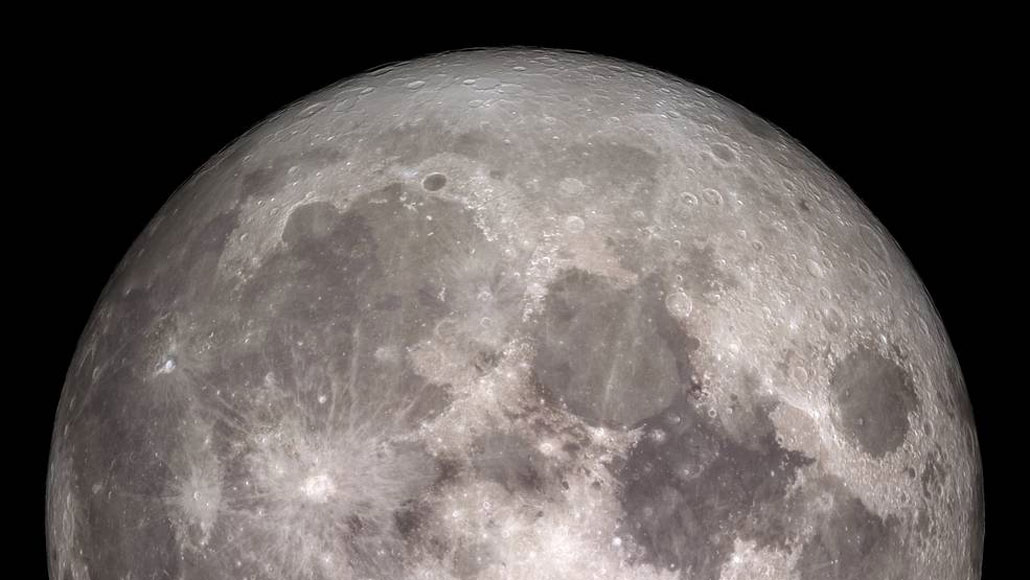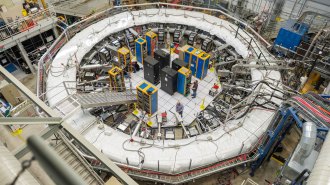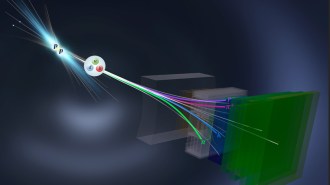Physicists dream big with an idea for a particle collider on the moon
A lunar particle accelerator could reach 1,000 times the energy of Earth’s largest collider

Though the idea of building a particle collider on the moon seems out of this world, physicists are considering the possibilities.
LRO/GSFC/NASA







